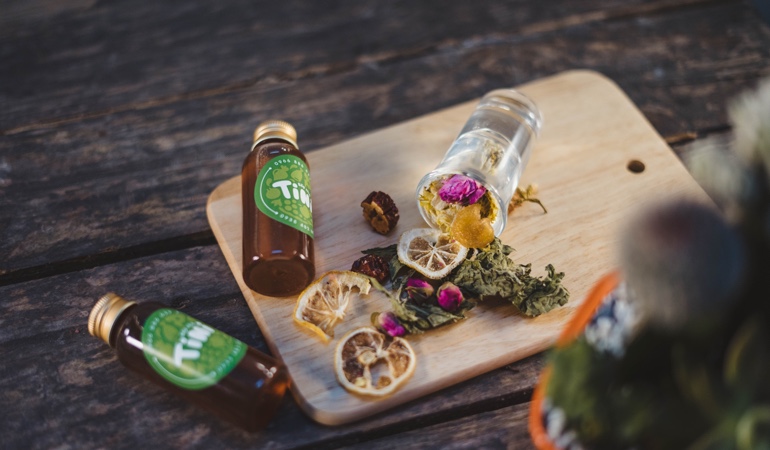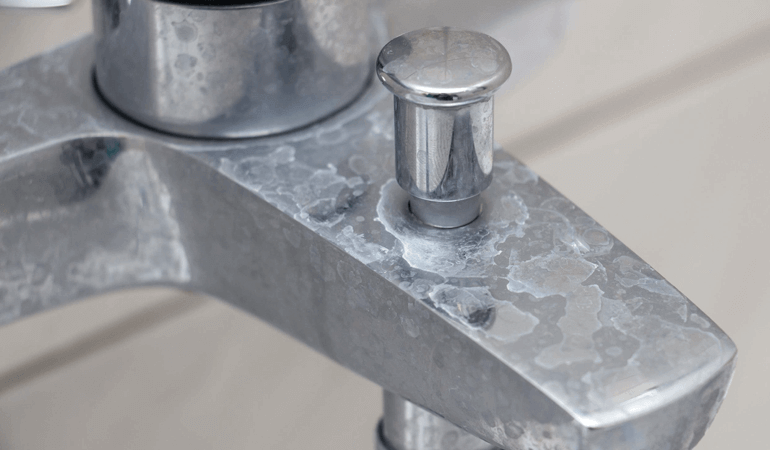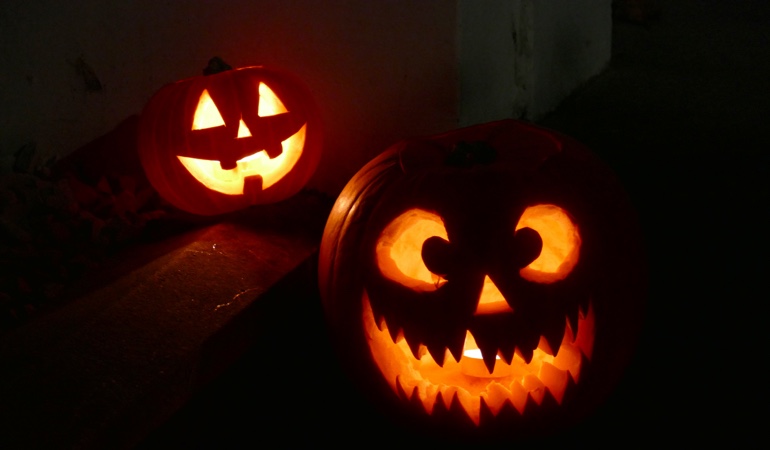

Cleaning chopping boards is essential in preventing food contamination and keep your kitchen hygiene in check. Plastic chopping boards can be washed in the dishwasher, but how can you sanitise other types of chopping boards? Read on, to find out.
Because you use your chopping boards for all your food preparation, keeping them clean should be a part of your essential kitchen cleaning routine. Harmful bacteria such as salmonella and e-Colli can be easily spread and pose a significant risk to yours and your family’s health. Regular cleaning can prevent food contamination and keep your kitchen germ free zone.
Regular chopping boards cleaning routine
Scrub chopping boards in the washing up bowl using very hot water and a dishwashing liquid. Rinse and dry using a paper towel. Don’t use a dishcloth to dry chopping boards because they may contain germs from hands and other dishes and could contaminate your freshly cleaned chopping board. If you have a dishwasher it’s the best way to clean your chopping boards however don’t put wooden chopping boards in the dishwasher because the high water temperature could warp them.
Sanitising chopping boards
Once a week sanitise your chopping boards if used heavily sanitise more often. One of the most effective ways to sanitise your chopping boards is to soak them in a solution of 1tbsp of chlorine-based bleach to a gallon of hot water. Leave to soak for half an hour, rinse and then air dry upright on a rack.
An alternative method is to use household ingredients with anti-bacterial properties – white vinegar and wipe over the chopping board surface and then leave to dry.
Do you have chopping boards smelling of onions or raw fish? All you need is pure lemon juice, and a paper towel dipped in the juice to wipe clean smelly chopping boards. Rubbing half a lemon over the surface will make chopping boards smell citrus fresh.
How to prevent food contamination
Acrylic or rubber cutting boards are the most hygienic choice. They are resistant and don’t absorb food odours. They are used in restaurant kitchens, and you can buy different colours for cutting various meats. They are also dishwasher safe.
Keep your wooden cutting boards as dry, clean and disinfected as possible. Spray them regularly with a liquid sanitiser or soak them in water and chlorine-based sanitising solution. To help form a natural seal on your wooden chopping boards and prevent food contamination, you can use beeswax or mineral oil and treat the surface every few months. Never place wooden chopping boards in the dishwasher. The moisture and heat will only speed up the damage.
Badly cracked, scratched and visibly stained chopping boards should be disposed of. Bacteria grows in cracks and scratches, to maintain a safe and healthy kitchen environment you should get rid of old cutting boards regularly.


